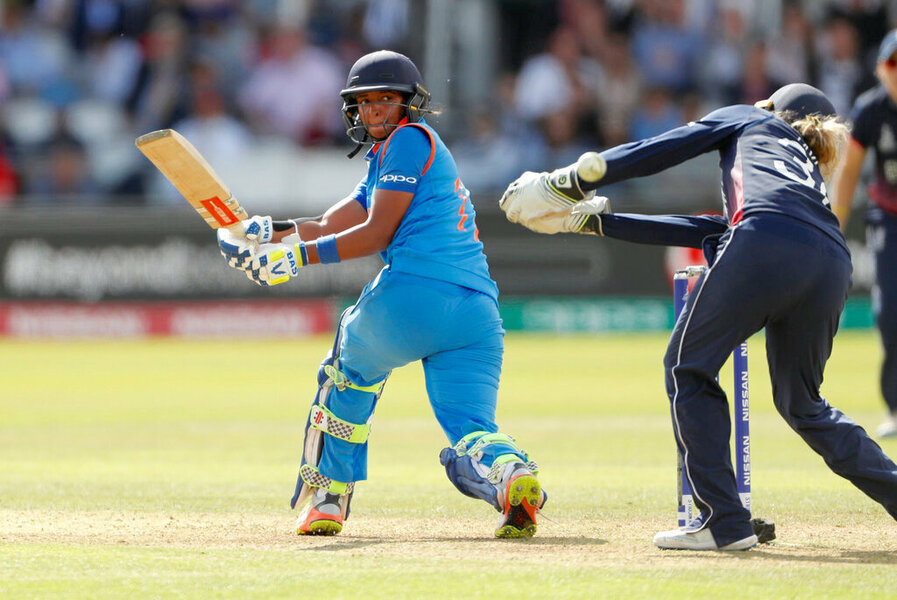For India’s young women, it’s batter up
One of the top news items in sports this week was about a player on an all-female cricket team in India breaking the world record for the fastest delivery of a ball by a woman in a match. Coming just before International Women’s Day on March 8, the feat was another sign of progress for women. Yet for India – which still emphasizes that a woman’s place is at home – it was one more milestone in the rapid rise of girls and women playing the nation’s most popular sport.
In many countries, access to organized sports has been a liberating force for young women. In the United States, passage of Title IX in 1972 ignited greater equality for girls in school athletics, giving them skills and confidence for later success. In India, with nearly 20% of the world’s population, a similar gender revolution would be a giant leap for humanity. India currently ranks 122nd out of 191 countries in a global index on gender inequality.
Only last year India created the first women’s cricket league equal to the men’s league. It has attracted massive private investments and motivated girls in the remotest villages to take up the sport. A women’s match can now draw a crowd of more than 30,000 people and millions of viewers on TV.
Yet the impact for women is greater than opportunities to play a sport. “Cricket is likely to be seen as a more important avenue of upward economic and social mobility,” stated The Times of India in December.
Last year, India’s governing body for cricket decided that all contracted female cricketers would be paid the same as men. Some of the most famous players are now national models for girls.
“In a country like India, there is a question mark over everything women do,” one former player, Jhulan Goswami, said in a 2022 interview with The Cricket Monthly. “To me it really matters to be able to lift the women’s game in my country, and that feeling has always been inside me. It’s a space occupied by nothing but you and that pure passion for your dream.”
Two years ago, a well-known male cricketer, Sachin Tendulkar, posted a video of girls and boys playing cricket together. It went viral. One reason may be what Mr. Tendulkar wrote in the post: “Sport can be a great enabler for equality.”






